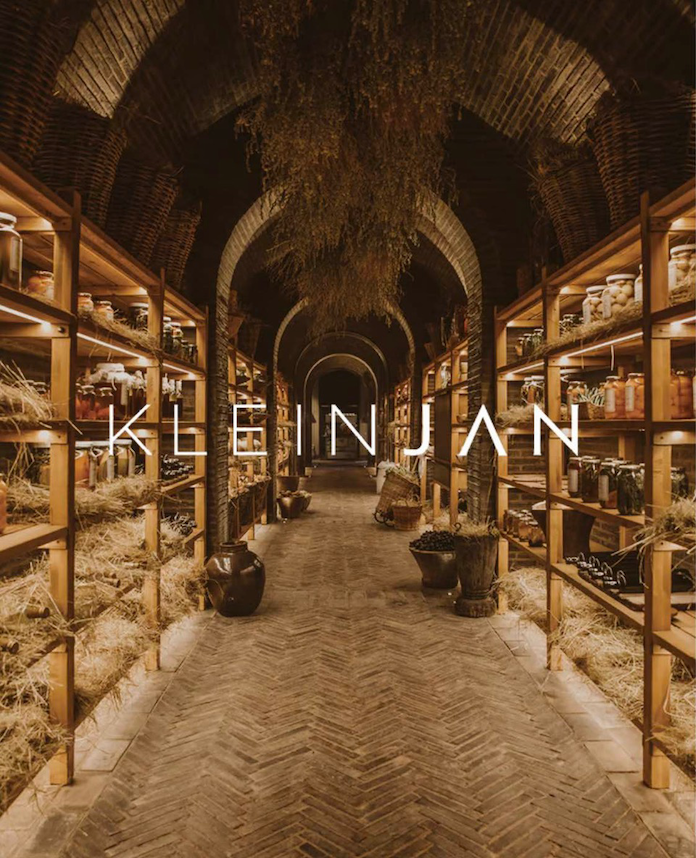KRONE R.D.
The farm, Twee Jonge Gezellen, is located in the Tulbagh valley, a region of the Western Cape that has provided farmers with a bountiful agricultural environment for almost 300 years. In the late 1980s, Twee Jonge Gezellen started producing wines under the Krone name, which has since become one of South Africa’s most prestigious wine labels, and that was recently augmented with their unique Méthode Cap Classique, Krone R.D.
Despite the area’s wealth of rocky soils, perfect for the production of champagne-style sparkling wines, winemakers were not always so blessed when it came to cellaring and vinification. It was only in the 1950s – when they began experimenting with cold fermentation – that they had a breakthrough. Cold fermentation preserves and slows down the yeast in the fermentation process, assisting the wine in retaining its colour and fruit and keeping the wine microbiologically stable.
With midsummer temperatures in Tulbagh peaking in the mid-40s by 11 in the morning and dipping to as low as 16°C after midnight – this high diurnal range equates to balanced ripe sugars from the daytime temperatures as well as a crisp acidity thanks to the cold nights.
NIGHT HARVEST
In the 1980s, Twee Jonge Gezellen started night harvesting. “By nature, any fruit starts to oxidise as soon as it is picked,” says Krone’s resident winemaker, Stephan de Beer. “By harvesting at night, we keep the grapes as cold as possible before pressing them. The added bonus is that the harvest cellar uses less energy to cool down the juice from the pressed grapes.”
The night harvest is an event that sees the entire Twee Jonge Gezellen team – from its winemakers and viticulturalists to its horticulturalists and harvesters – descend on the vineyards at around 4 am. It truly is something to behold, as every member of the team partakes in this annual rite of passage.
FORMATIVE YEARS
Krone is one of the few South African wineries that produces vintage-only Méthode Cap Classiques. The acronym, R.D., stands for Recently Disgorged, a traditional method of selecting an outstanding vintage Champagne or MCC and allowing it years of maturation on the lees during second fermentation, which occurs in the bottle.
To put it into perspective, most premium MCCs spend between 30 and 60 months on the lees, but through extreme patience and diligent monitoring, Krone R.D. can spend up to 16 years on the lees, as with its 2002 vintage.
“We taste and test these wines on an annual basis to determine when the wine is at its optimum to disgorge and release,” says Stephan. “The long time on the lees improves the quality of the wine, lending it complexity. As the wine has been recently disgorged, it’s also fresher than a wine that has been aged on cork.”
TASTING NOTES
Elegant, classic biscuit bouquet with creaminess and fine, persistent mousse.
Freshness of ripe pears and delicate pecan nut notes in the foreground and a refreshing finish.
A complex nose with fresh aromas of green apple and lemon zest together with subtle notes of freshly baked pie crust.
The palate is intense and complex, offering baked apple, salted caramel, roasted nuts and a discreet note of honey.
FOOD PAIRING
The bright acidity on the mid-palate pairs wonderfully with smoked salmon or pan-seared scallops, while the biscuity creaminess and nutty flavours complement slow-roasted vegetable dishes or even pork belly, perfectly.
In Issue #1 of JAN the JOURNAL, we visited Twee Jonge Gezellen to witness the farm’s magical night harvest, which takes place around mid-January. Look out for the story, Harvest in the Moonlight, to find out more.














